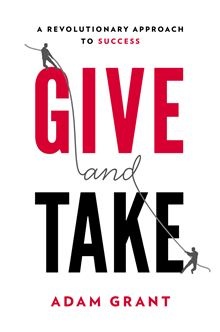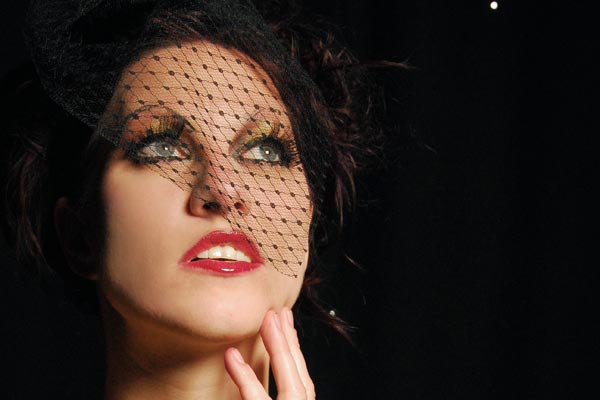It’s the time of year to tally up what we’ve accomplished and what we haven’t, what we might have done differently, or not at all.
Perhaps because of that, Todd May contributed an op-ed to the New York Times a few days ago in which he pondered the notion of good years, best or “peak” years, and years when you’re simply rolling downhill toward your final whimper.
For me, I’d like to think that I’m on an upward trajectory, that I’ll continue to engage and grow, and that tomorrow will be better than today. But it’s more than my optimism and sense of purpose. A lot of it also has to do with how the world engages back.

Everyone will agree that Edward Snowden had something of a peak year in 2013.
Yesterday, when Professor May was interviewed on NPR about his op-ed, John Hockenberry mentioned Snowden in his introduction, noting that he may never have “another change the world moment” like he had in 2013. But when he got into his Q&A, Hockenberry thought it was at least “conceivable” that Snowden could “acquire an influence that could give him as big a year, say in 10 years, as he had this year.” May disagreed, noting that the American government will never let it happen, a point he elaborated upon in his op-ed.
Snowden’s actions, regardless of whether one supports them or not, have had a prodigious impact on the debate about privacy in the United States and will likely continue to do so. They have had roughly the impact that Snowden wanted them to have. That is, they have altered how many of us think about our relation to the government and to our own technology, and because of this, they infuse this period of his life with a luminescence that will always be with him. He will not forget it, nor will others.
There is an assumption I would like to make here, one that I can’t verify but I think is uncontroversial. It is very unlikely that Edward Snowden will ever do anything nearly as significant again. Nothing he does for the remainder of his life will have the resonance that his recent actions have had. The powers that be will ensure it. And undoubtedly he knows this. His life will go on, and it may not be as tortured as some people think. But in an important sense his life will have peaked at age 29 or 30.
I don’t know about that.
Like many of you I am “at 6s and 7s” about Edward Snowden, and like most of you l viewed his “Alternative Christmas Message” this week in the hope that it would help me sort through my impressions. I realized that while I had seen his picture a thousand times, I had never heard his voice. Indeed, almost no one had.
Was his message “Hyperbole? Self-marketing?” Hockenberry wondered in his interview. Well, maybe. But then again, maybe not.
The part of me that believed Snowden had spoken a kind of truth to power that no one else had dared to speak could find both sincerity and conviction in him and in his words. That part of me believed him when he said that he repeatedly raised his concerns about the extent of surveillance with his superiors. Only when they did nothing, did he turn to the press to find out whether the rest of us would see the stakes involved in the same way that he did.
So as we hear Edward Snowden’s voice and tally the costs (if any) of 5 months of asylum on his face, it’s equally hard to believe that he’s already begun his slow descent into irrelevance. We will keep talking about how much privacy we are wiling to sacrifice to be safe because it is one of the great conversations of our age. More than anything, it is Snowden’s continuing willingness to contribute to that conversation and our continuing engagement with his thoughts and actions that will determine the pitch of his trajectory.
Was it a good year, a peak year, or a way-station to irrelevance? It comes down to the same two factors for all us: our willingness to keep raising our voices and the connections we forge with others by doing so.
As I watched Edward Snowden’s counterpoint to the Queen’s Annual Christmas Greeting, I was pretty sure of one thing:
He, for one, doesn’t think that his peak year is behind him.








